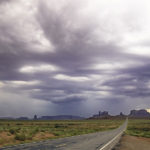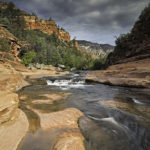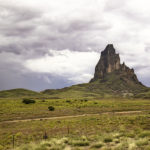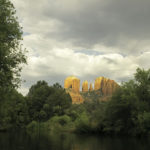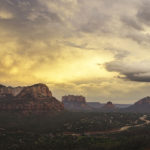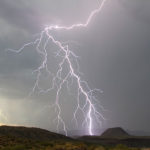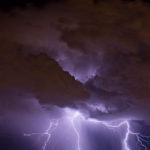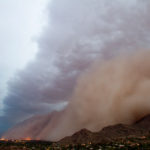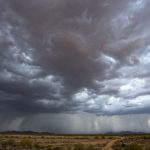Sizzling Summer Storms
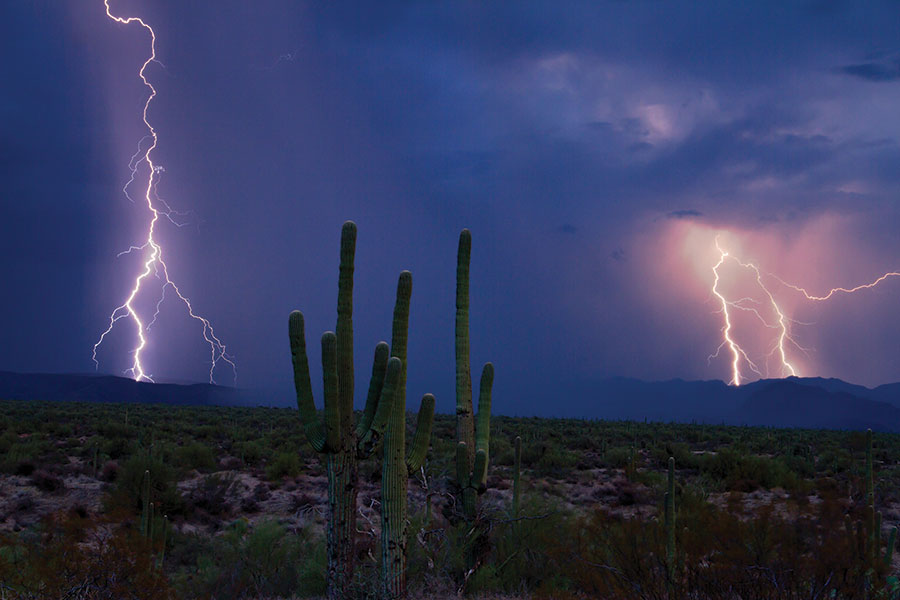
Writer Grace Hill
Photographers Bob Elenbaas and Cathy Franklin
[dropcap]B[/dropcap]eautiful and breathtaking. Dynamic and dangerous. That is the natural world around us. Here in America, we experience the glorious diversity of nature firsthand. The North boasts of freezing temperatures and high snowfall during long winter months. The Southeast features impressive and terrifying hurricanes. The Midwest succumbs to tornadoes that can stretch a mile wide. And the West finds itself rattled by frequent earthquakes of all magnitudes.
Arizona has its own special relationship with nature. While most of our seasons are relatively uneventful, there is one time of the year that showcases some of Mother Nature’s best work: the summer monsoon season.
On average, Arizona’s monsoon season begins between mid-June to early July, but it never seems to come soon enough. And, while many residents of the Valley do not revel in the sweltering summer temperatures, those intense rays from the sun join with other weather conditions to create the right ingredients necessary to form the monsoon.
While for some, the dry heat of early summer might be more desirable than the hot and humid days that come with the monsoon, there is a silver lining with that humidity. On the hottest part of those sticky days, if we are lucky, we begin to see large, ominous clouds forming above the mountains that surround the Valley. And if we are especially lucky, as those thunderstorms collapse, accompanying storms will form and head into the Phoenix metro area. These storms can be quite impressive, with flashes of lightning and loud claps of thunder.
Of course, what we mostly hope will come with those storms is the monsoon rain. After months without rain, the desert landscape withers with excessive thirst, creating an environment conducive for wildfires to not only to begin, but also quickly grow. If monsoons only bring lightning, with no rain, more dry landscape can potentially ignite.
So when it does rain, Valley residents come to a standstill. They watch the rain fall as if it were gold falling from the sky – when it has been dry for so long, rain becomes just as precious and desirable.
However, there is another way that the sky turns to gold – well, to a golden shade. When those original thunderstorms collapse, they can force strong winds into the Valley that kick up all the dry dirt, creating an extensive dust storm – also known as a haboob – that at its largest can be between 3,000 and 5,000 feet tall and 100 miles wide. That massive wall brings a golden blanket of dust from Tucson to Phoenix. While there is no other sight quite like it, the dust storm consequently produces dangerous driving conditions from its unexpected and instantaneous development and the thickness of the dust.
With dust storms, flash floods and lightning strikes, the monsoon season definitely brings many dangers. Valley residents, therefore, should always remember to act with safety in mind when out during monsoon season.
While there are dangers associated with the monsoon, most Valley residents would agree the monsoon rains come at just the right time and provide some of the best images captured by local photographers.
Share your favorite Arizona monsoon photographs with our Images Arizona Facebook or Instagram pages using the hashtag, #iamAZproud and #imagesAZ.
[hr]
About the Photographers
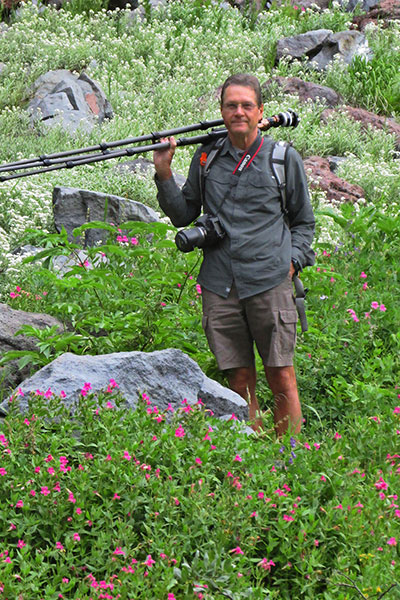

Bob Elenbaas
Hometown: Raised in California; spent working years in Kansas City, Missouri
Current: Anthem
Photography experience: A dedicated amateur who developed a serious interest in landscape photography as an extension of his wilderness backpacking experiences.
Photography Niche: “Landscape. I am frequently awed by both the literal and abstract beauty created by nature’s shapes, textures, colors and tones. My hope is that my photography is able to share with others at least some of that awe.”
Capturing great storm photos: “Develop the mindset that bad weather can create great photo opportunities. Remember: You can’t have a rainbow without the rain! However, while storms and dramatic clouds can be very interesting, an image is made even more captivating when it also includes a compelling foreground and overall thoughtful composition.”
Safe photography: “The number one concern has to be lightning, so always take appropriate precautions. Around Arizona, you also have to think about the possibility of a flash flood or high water, whether you are on foot or in your car.”
[hr]



Cathy Franklin
Hometown: Oklahoma City, Oklahoma
Current: Phoenix
Photography experience: “I studied photography while attending University of Oklahoma, and I have been photographing the beauty of Arizona and the monsoon storms since the early 1970s.”
Photography Niche: Monsoon and lightning photography.
Capturing great storm photos: Possess a lot of patience. “Check the radar, then go outside and look around. I try to plan ahead, so that I can be in the right place at the right time.”
Safe photography: “Tell someone where you are going, and check in with them periodically. Take plenty of water, and always be aware of your surroundings. Stay close to your vehicle, and try to stay in front or parallel to a storm cell.”


